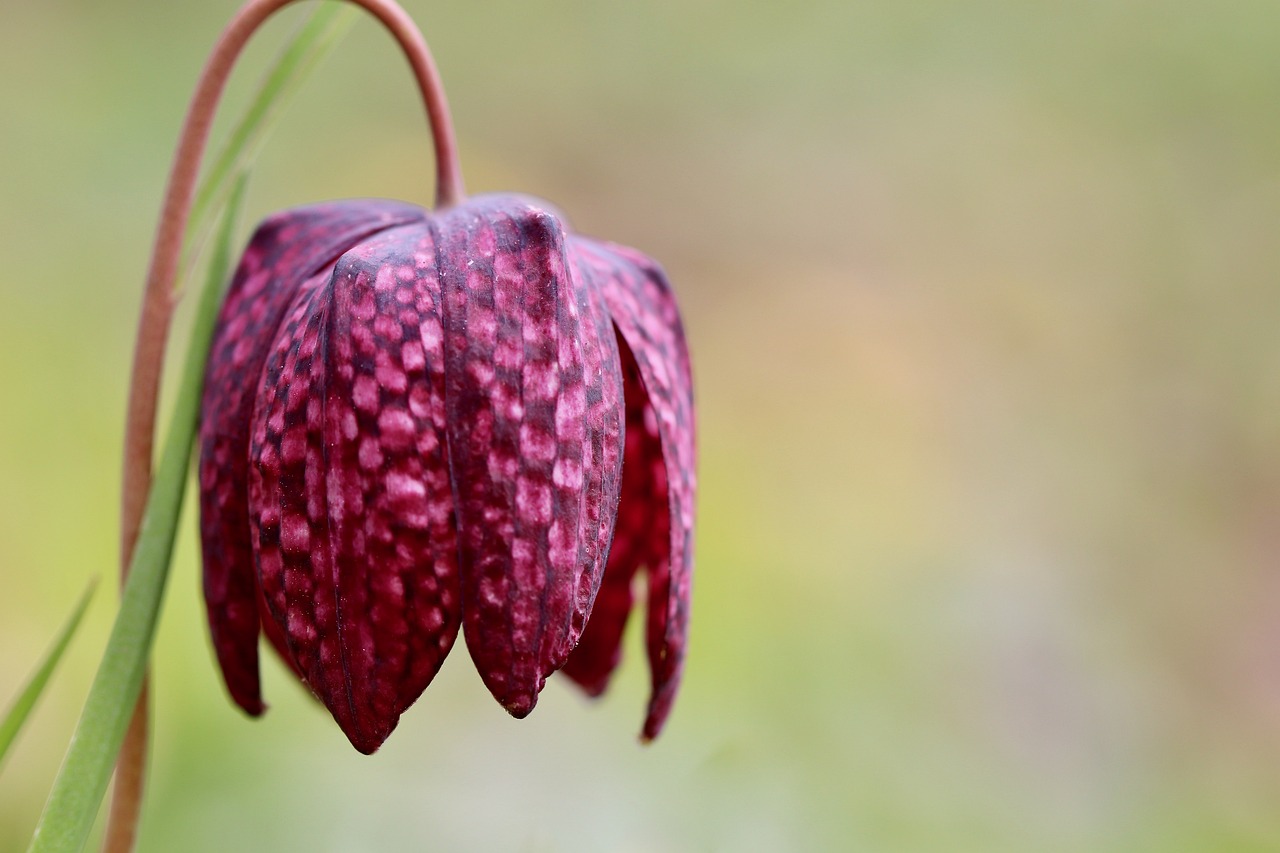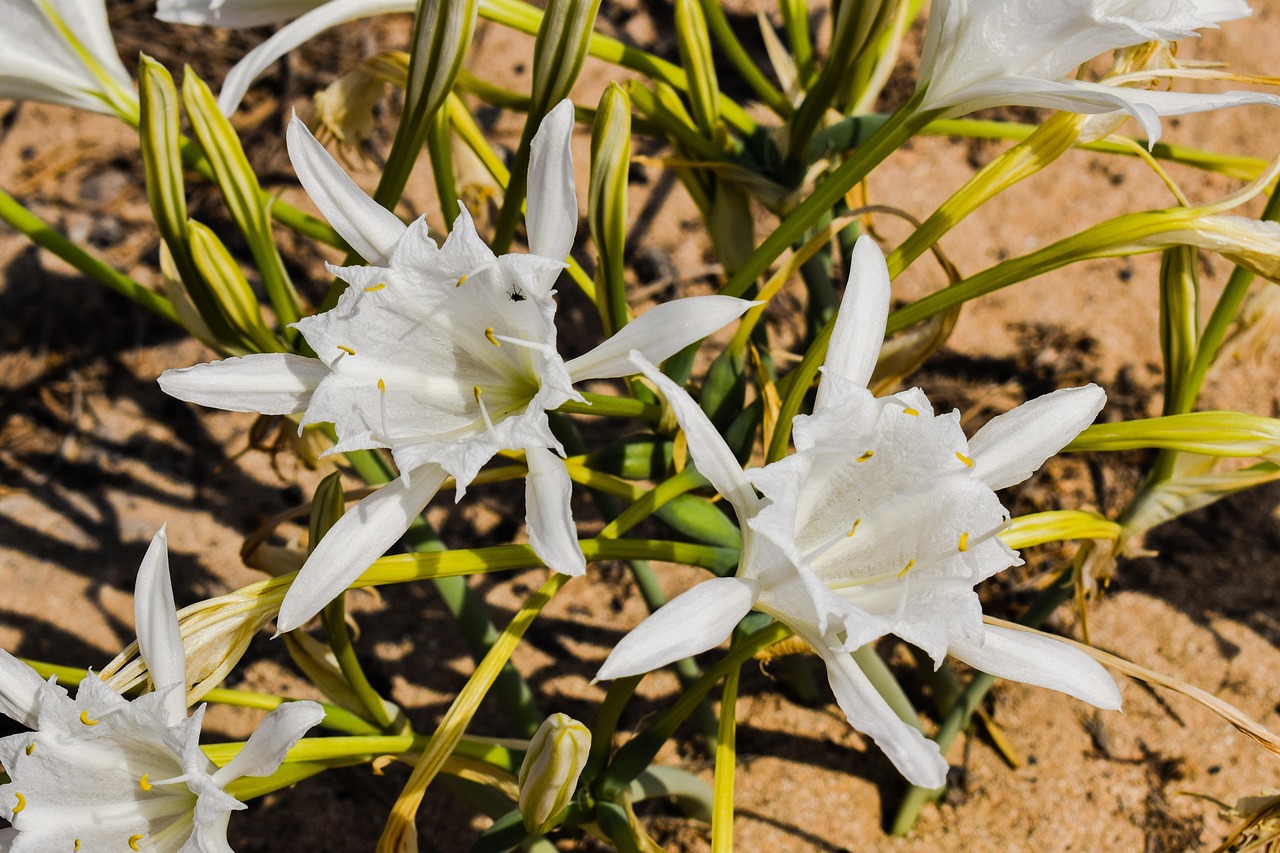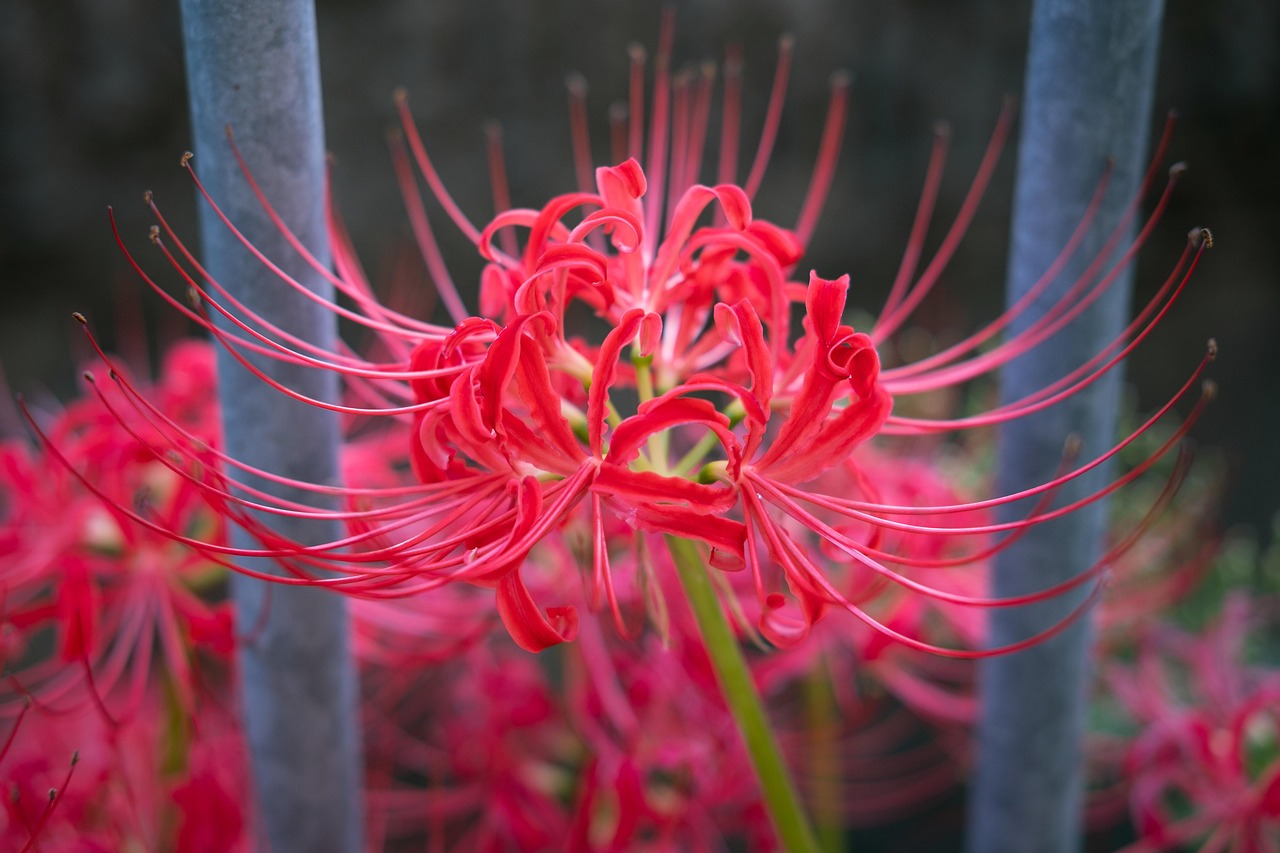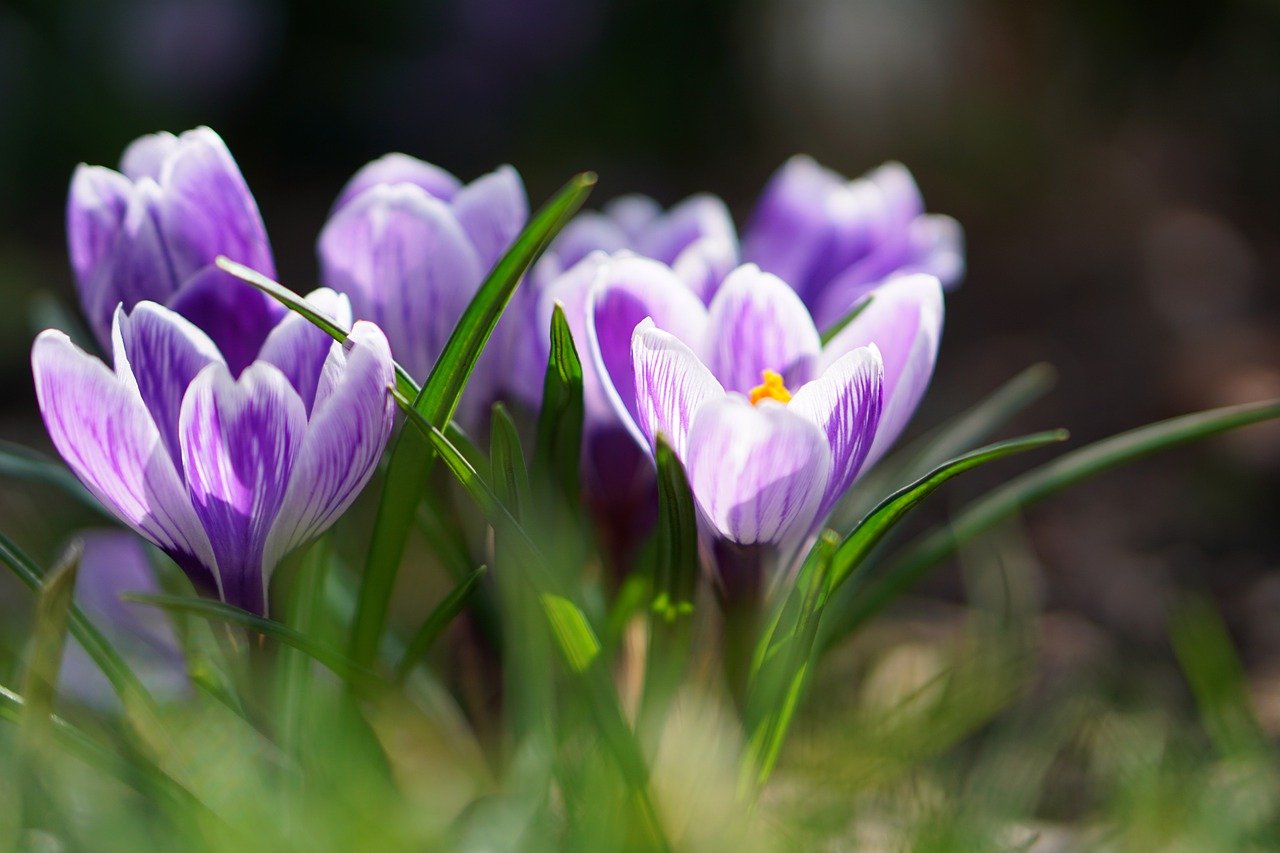Saffron | A Flower of Dye and Spice that Enriches Mediterranean Culture
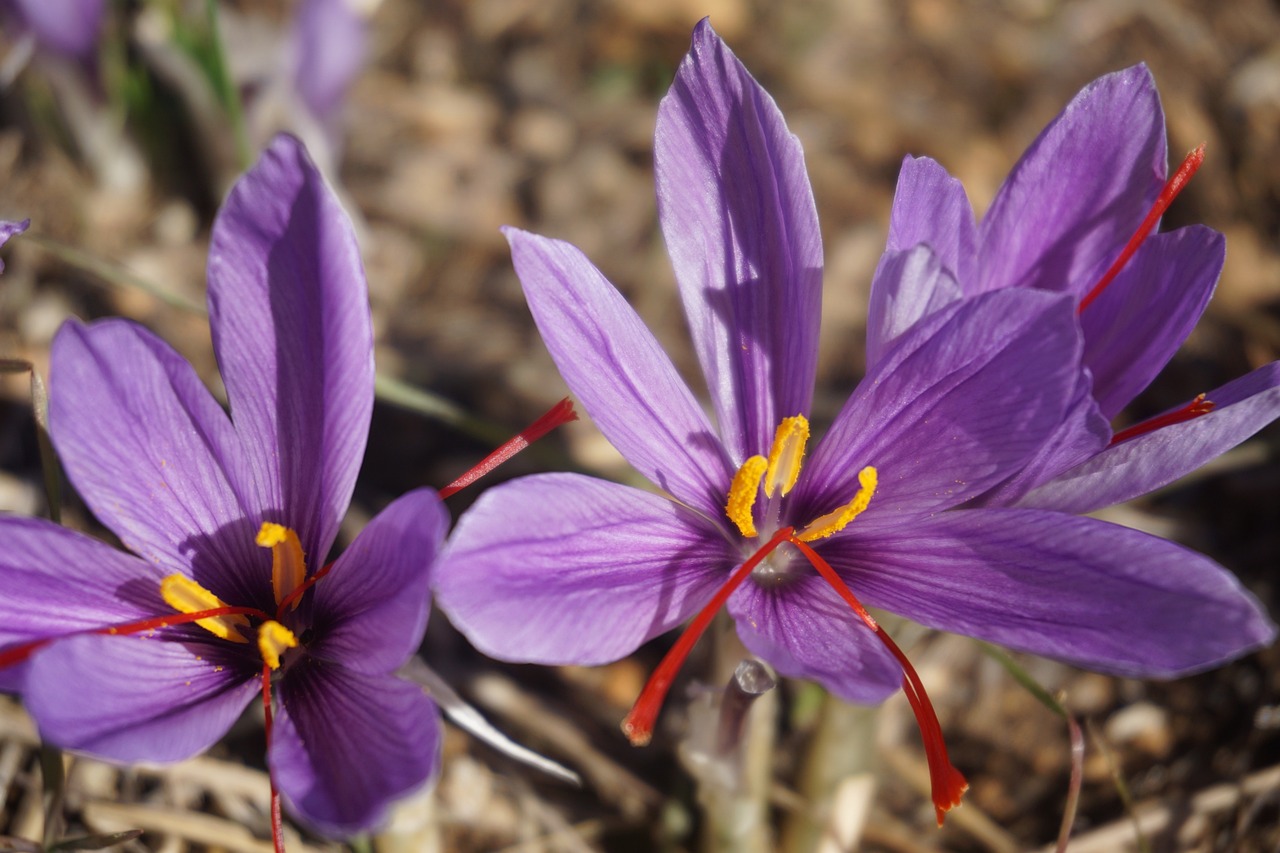
I introduce saffron, a bulbous plant distinguished by its purple flowers and vivid red stigmas. It blooms in autumn, adding vibrant colors and elegance to the garden. Beyond its ornamental value, saffron is regarded as a culturally significant plant in many countries.
In this article, I explain the basic information, cultural and historical background, as well as cultivation tips for saffron.
Basic Information
- Scientific name: Crocus sativus
- Family: Iridaceae
- Origin: Mediterranean coast, Middle East
- Appearance: Saffron has pale purple petals and bright red stigmas that extend from the center. Its slender green leaves continue to grow even after the flowers fade.
- Blooming season: October to November. It sprouts in spring, lies dormant during summer, and resumes growth in autumn.
Cultural Significance Around the World
In Iran, saffron fields are famous tourist attractions. During the blooming season, vast landscapes are covered with purple flowers.
In Spain, saffron flowers are cherished as a symbol of autumn, and harvest festivals are held in certain regions.
In France and Italy, saffron flowers are sometimes used in high-end restaurant decorations or event table settings.
In Japan, saffron is popular among gardening enthusiasts as an ornamental plant that brightens autumn gardens, often grown in pots or as an accent in the yard.
Historical Episodes
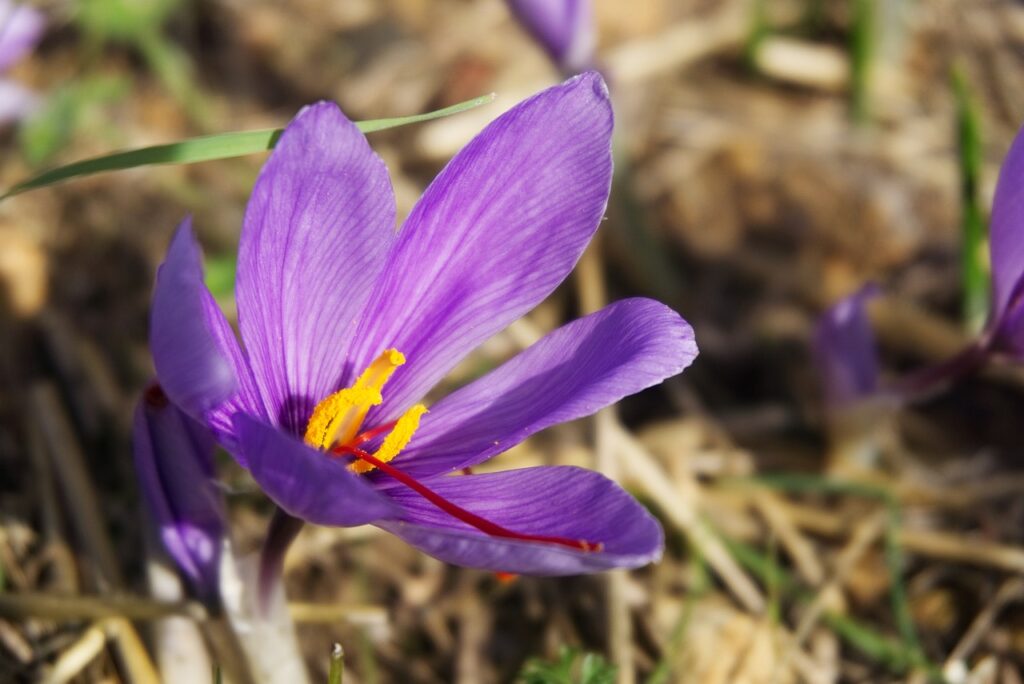
The history of saffron dates back more than 3,000 years.
In ancient Crete, frescoes depict women harvesting saffron, proving its importance since early times.
In ancient Rome, saffron flowers were used for festive decorations and scattered across palace and theater floors.
During the Renaissance, saffron was planted in aristocratic gardens, symbolizing beauty and prosperity.
In Japan, saffron was introduced during the Edo period and cultivated as an ornamental plant.
Gardening Advice
Saffron is hardy and easy to grow, but with proper care, it produces even more beautiful flowers. Here are the key points:
Sunlight
Prefers sunny locations. It can grow in partial shade, but flowering may decrease.
Watering
Keep the soil moderately moist after planting. Reduce watering during summer dormancy.
Soil
Well-drained sandy soil is ideal. For pots, commercial soil for bulbs works best.
Fertilizer
Apply slow-release fertilizer at planting. In autumn, provide liquid fertilizer once a month. Avoid over-fertilizing.
Planting
Plant bulbs in August–September, about 5 cm deep and 10 cm apart.
Dormancy Care
In summer, the leaves wither, and the plant becomes dormant. Keep it dry during this time, or lift and store the bulbs.
Conclusion
Saffron is a bulbous plant that produces elegant purple flowers in autumn.
Originating from the Mediterranean and the Middle East, it has been deeply connected with human life since ancient times. Today, it is still cultivated in gardens and pots, admired as a plant that colors the autumn scenery.
With sufficient sunlight and well-drained soil, saffron will reward you with its striking blossoms.


